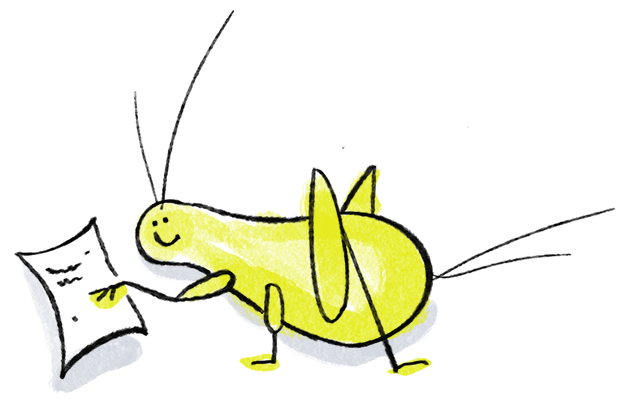What are students doing?
Learning activities form the bulk of the learning and teaching experience. When students are listening to your lecture, they are engaging in a learning activity. Reading, taking notes, reflecting on concepts learnt, gathering information for assignments, speaking to other learners … most of learner to learner, learner to teacher, and learner to content interaction falls under this category. Whether an activity is designed, happens spontaneously, or is student led, it is important to scaffold and guide learning activities to stay aligned with learning outcomes and assessments.
Design for practice:
Practice, practice, practice – learning activities should be preparing students for their assessments, staying true to the learning outcomes: what should learners know how to do when they finish the course? What should they still remember a year from now? Think backwards from your assessments if that helps. Think forward from the learning outcomes to check. Although a course is usually set up as a linear process within a specific time frame, as an learning facilitator, you have the advantage of looking at it from a bird eye’s view. If you see misalignment, change the assessments or the activities to stay focused on what students need to learn. A simple example is making tea. It’s most important that learners know how to make tea (independently and without help), after they finish a Tea Making course. They need to practice the steps of making tea, and make tea independently as an activity in a safe learning environment at least once before being assessed on their tea making skills.

Plan for active:
Planning to include conversation, back-and-forth feedback, collaboration, and hands-on elements brings the active into activities. Since some activities tend to be more passive and some activities tend to be more active, it is good to think about the energy level of an activity and make sure that the time you spend with your students includes a good balance of active and passive engagement.
Less can be more!
What is most important? Our best intentions can sometimes leave learners without time for reflection. As we get excited about the subject that we are teaching, we often give students too much content, forgetting that they may have other courses and commitments. Think of the impactful activities that really matter for students to achieve the outcomes and be well prepared for the assessments, and make them more prominent and robust. Make activities that could be distracting, overwhelming, or perceived as busy work optional. Sorting activities into required and optional is a great strategy to keep all the exciting content without overwhelming learners.




